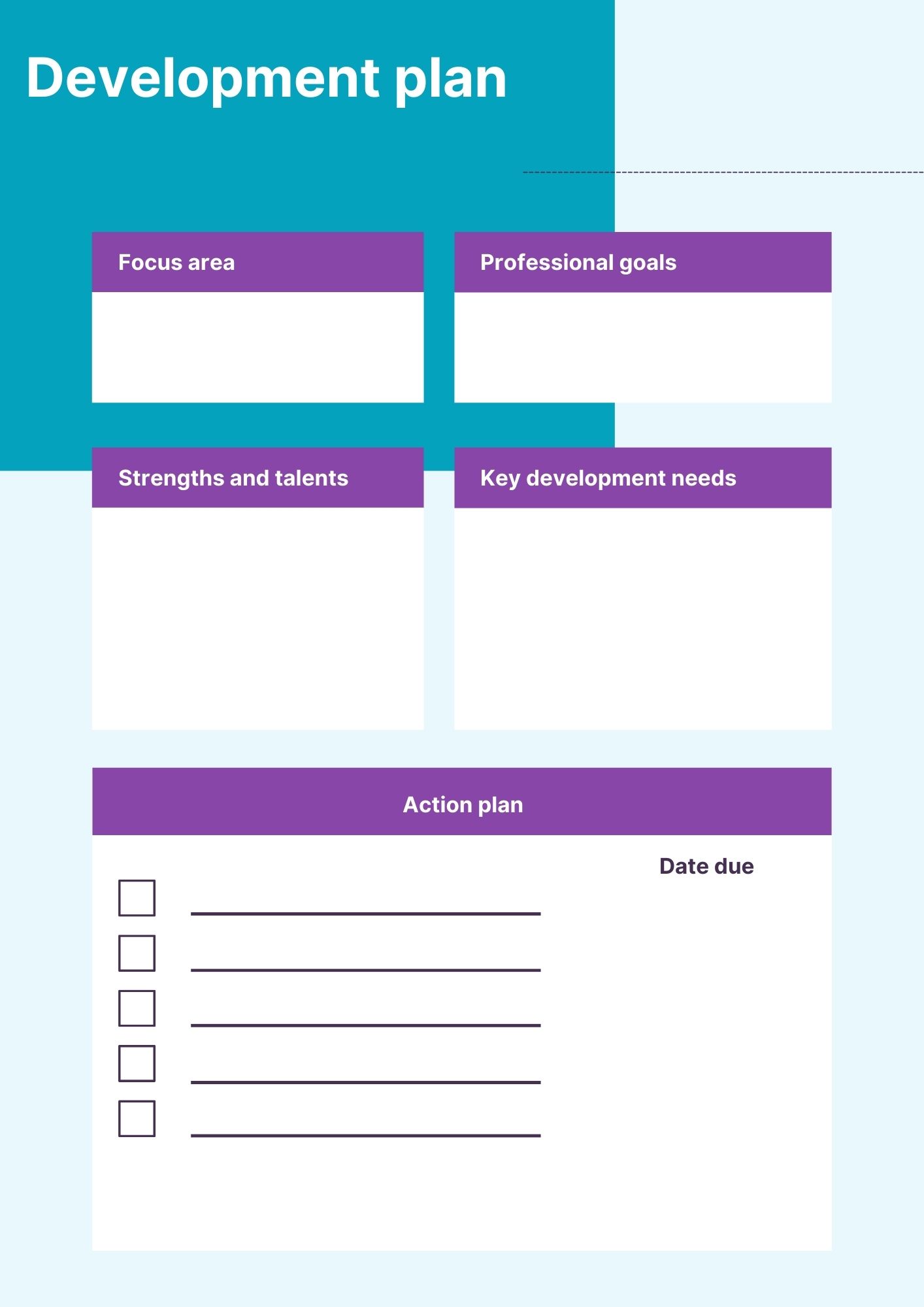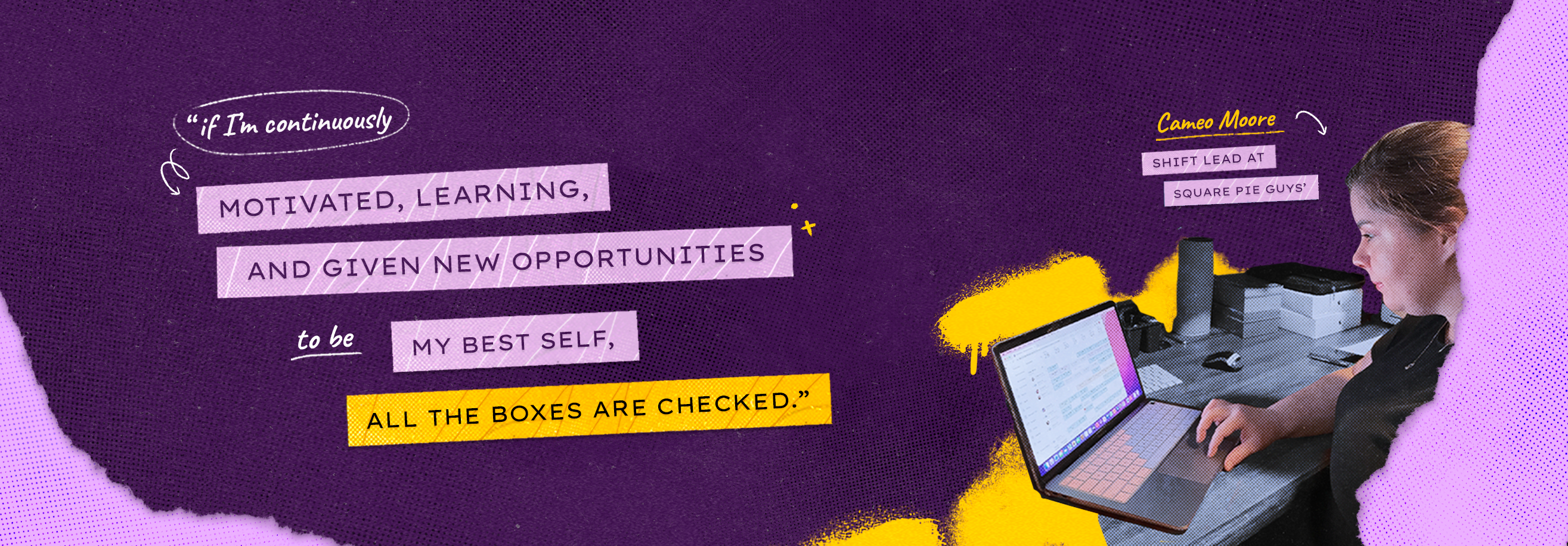Ever gone through the process of hiring and onboarding a great new employee only to have them give notice 6 months later? If so, you know that it’s time-consuming and expensive. (In fact, it just plain sucks.) The good news is that a thoughtful employee development plan can help you prevent it — all while boosting your team’s skill set and your bottom line.
Take it from Cameo Moore, Shift Lead at Square Pie Guys in Oakland, California: “If I’m continuously motivated, learning, and given new opportunities to be my best self, all the boxes are checked,” she says. And that keeps Cameo from looking for another job elsewhere.
So, what is an employee development plan, exactly? It’s an actionable process designed to give team members opportunities to learn new information and skills to help them succeed in their current roles while also setting them up for future roles — whether in your company or elsewhere. And building one for your business can help keep your team happy and engaged by giving them a chance to grow.
Here’s how to create your own employee development plan in four easy steps.
1. Set business goals
You can’t set the right objectives for your team until you align their development needs with the needs of your business. Consider your long- and short-term business goals: Do you need a few servers to advance into manager roles? Does your retail team need to learn new software to boost your revenue?
Once you set specific goals, make a list of the necessary skills and knowledge that are needed to achieve them. For example, if you want to promote employees to management roles, what do they need to learn to do the job? Is there anyone on your team who has the most potential to succeed in the role?
Identifying who you want to train — and for what — will help focus the program and set everyone on the right path.
2. Talk to your employees
It’s easy to assume you know your team members’ skill levels and career goals, but it’s always good to ask them. You can start by using a survey to get a pulse on your team’s training desires, but afterward, sit everyone down individually.
Ask them what their aspirations are and what challenges they’re currently having in their position. Where are they struggling? What kind of training would they benefit from?
Some team members may already have development goals in mind, but they may not know what to do to get there. Others might need more encouragement — make sure they know you see their potential and will help them understand what needs to be done to succeed.
Work with your team to figure out how your business can play a part in their plans and what opportunities you can offer them.
3. Customize your training
Once you understand the goals of both your business and your team, figure out how your employees will learn the necessary skills. An effective employee development program doesn’t need to be expensive or too formal — it just needs to be the right fit.
The most important thing is for your employees to be engaged in the process. Providing several retail training options gives your team the ability to pick the one that works best for them. Activities can include:
- Stretch assignments and special projects
- Online tutorials
- Working directly with a subject matter expert
- One-on-one coaching and mentoring
- Group training classes
- Industry-related conferences and seminars
4. Lay out the plans and put them into action
It’s time to put everything together and get to work. Build a plan for each team member with specific and timely goals so you can measure progress easily. You can use a template like this to get started:

Think about what it will take to put the plan into motion — does it require any prep work? Will the employee need someone to cover their shifts so they can train?
Most importantly, make sure each employee knows why they’re learning the new skill, what you expect from them, and how it benefits your business and their career.
Once an employee has gone through the development plan, set up some opportunities for them to quickly apply the new skills and get feedback. This will reinforce and refine their knowledge, and give them a chance to practice what they’ve learned while it’s fresh.
The best employee development program includes consistent communication with your team. Homebase’s employee communication tool keeps your team in sync and updated so you can be sure everyone has the information they need. The best part? It’s free!

